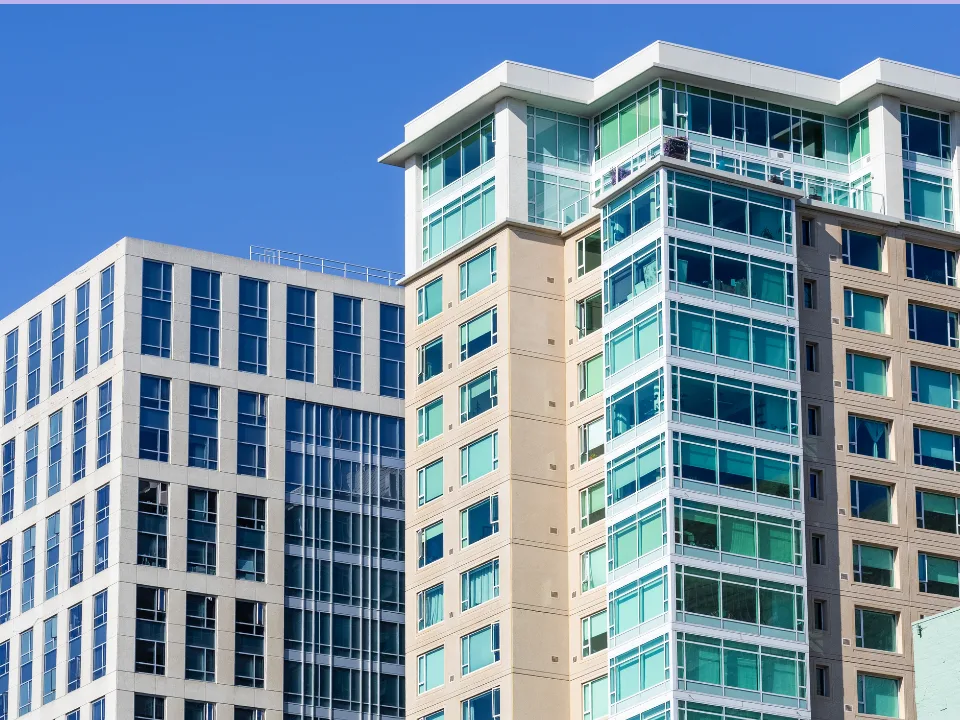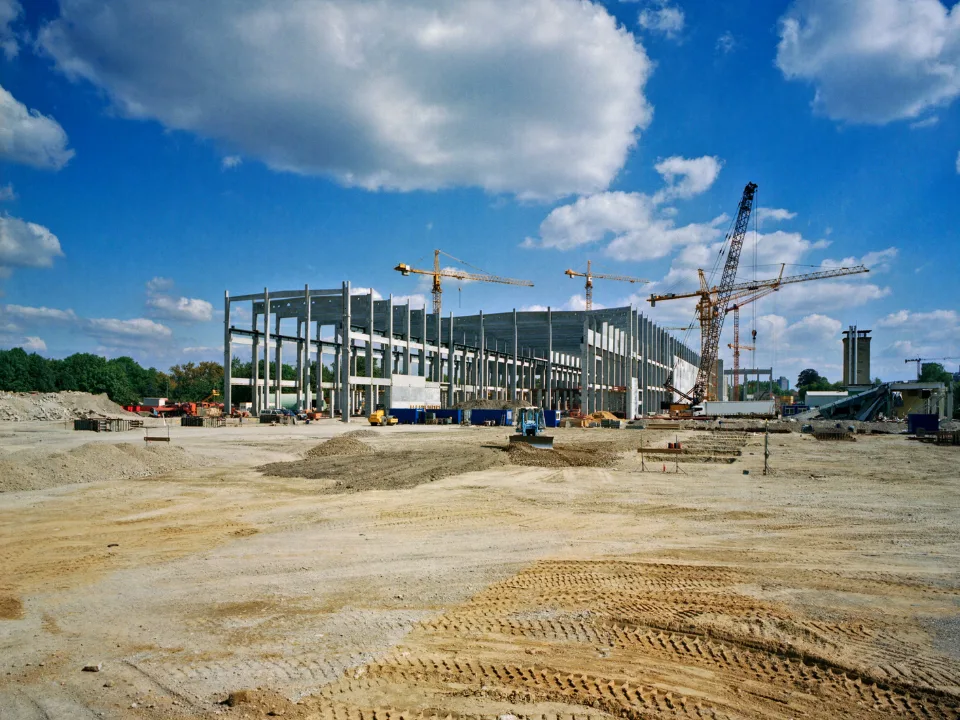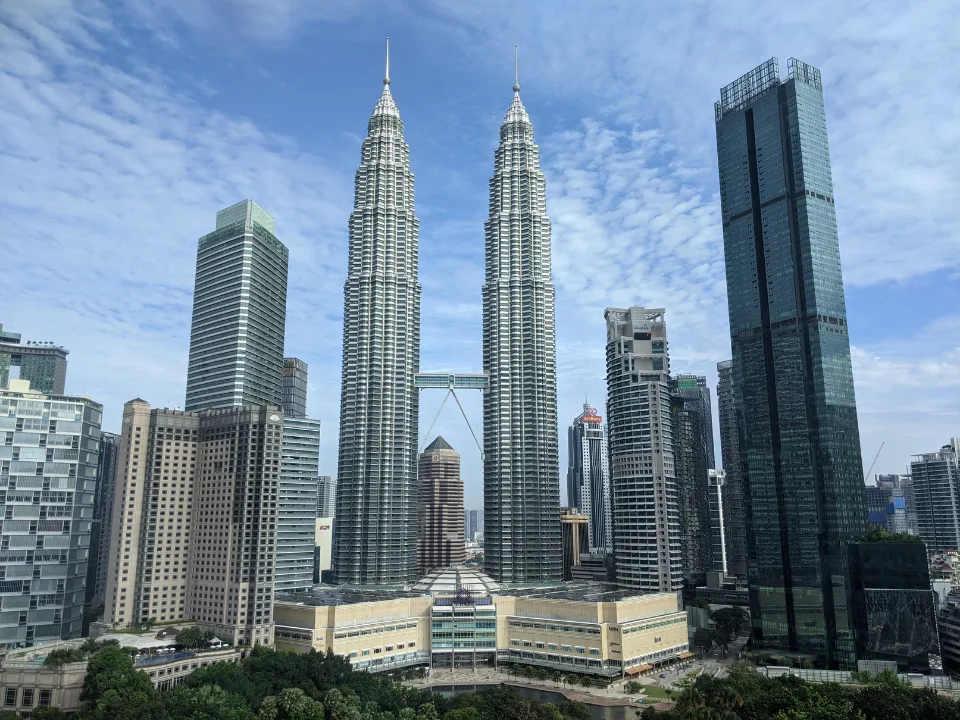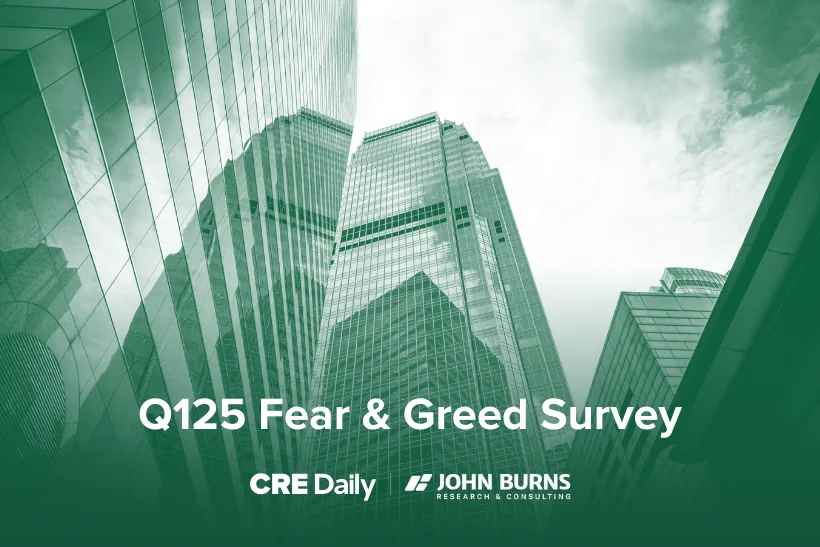Millionaire Renters Surge, Redefining Where and How the Wealthy Live
The number of $1M+ renter households has more than tripled since 2019.
Good morning. Homeownership isn’t the only path to luxury living anymore. A rising number of millionaires are trading mortgages for high-end leases, especially in Southern cities.
Today’s issue is sponsored by Wall Street Prep—get the same investment training used by Blackstone, KKR, and Related through this certificate program. Don’t miss the June 9 cohort.
Market Snapshot
|
|
||||
|
|
*Data as of 06/02/2025 market close.
LUXURY LIVING
Millionaire Renters Surge, Redefining Where and How the Wealthy Live
Once a rarity, millionaire renters now make up a notable slice of the luxury housing market — and they’re flocking south, reports RentCafe.com.
The rich renter: Between 2019 and 2023, the number of US renter households earning over $1M tripled, soaring from 4,500 to nearly 13,700 — a 204% increase. While homeownership still dominates among high-income earners, renter growth outpaced owner growth, increasing 169% in the same period.
Millionaire trends: Several factors are fueling the shift: booming tech wealth, remote work flexibility, surging stock portfolios, and a growing appetite for turnkey, hassle-free living. Renting lets millionaires enjoy prime locations and upscale perks without committing to long-term maintenance or unpredictable markets.
Heading south: New York and San Francisco remain elite renter magnets, but metros like Houston, Dallas, and Miami are stealing the spotlight. Houston saw a 25x increase in millionaire renters between 2019 and 2023, followed by Dallas (12x) and Miami (11x).
Generational divide: Millennial millionaires are far more likely to rent than own, driving a 60% surge in high-income rental households, while Gen X has moved solidly into homeownership territory. Boomers, once dominant among millionaire homeowners, have been overtaken by Gen X as the primary owner group.
The coastal core: Despite the expansion into secondary and Sun Belt markets, traditional wealth hubs remain dominant. New York still leads with over 5,600 millionaire renter households, followed by San Francisco (1,400+) and Los Angeles (823). Among homeowners, New York, LA, and San Francisco continue to house the most millionaire residents.
➥ THE TAKEAWAY
Big picture: Renting is no longer just a stepping stone. For a growing class of wealthy Americans, it’s a lifestyle choice. Southern metros and emerging cities are reshaping where high-net-worth individuals choose to live, signaling fresh opportunities for developers and investors focused on luxury multifamily offerings.
TOGETHER WITH WALL STREET PREP
Get the Same Training Used at Blackstone, KKR, Related, Ares
The Real Estate Investing Certificate Program from Wharton Online + Wall Street Prep gives you the technical and strategic skills to back up your analysis when the pressure’s on.
Over 8 weeks, learn how to:
-
Build acquisition and development models from scratch
-
Assess downside risk at market and property levels
-
Present recommendations that stand up to investment committees
Save $300 when you apply to the June 9 cohort with promo code CREDAILY
🔔 P.S. This program qualifies for employer reimbursement—check with your firm.
*This is a paid advertisement. Please see the full disclosure at the bottom of the newsletter.
✍️ Editor’s Picks
-
Development window: With construction starts plunging and future supply set to dry up, developers who break ground now could deliver into a tighter market by 2026–2027. (sponsored)
-
Persistent losses: Despite recent rate cuts, US banks continue to face $481B in unrealized securities losses, driven by long-dated MBS.
-
Storm exposure: Hurricane risk is expanding beyond Florida into less-prepared markets like the Carolinas and Virginia, impacting property values, insurance costs, and migration patterns.
-
Price recovery: High-value CRE sales, especially in multifamily, are picking up, hinting at a market bottom and renewed investor interest.
-
Industrial plateau: Vacancy rates are leveling off as new construction slows, but weak e-commerce growth and softer leasing premiums are tempering momentum.
-
Court backlog: A constitutional cap on judges is clogging NY courts and delaying real estate cases, but political pushback is stalling reform.
🏘️ MULTIFAMILY
-
Disaster premiums: Rents near LA wildfire areas jumped over 5% as displaced residents drove demand and some landlords defied emergency caps.
-
Expense easing: Multifamily operating costs are rising at their slowest pace since 2021, though they're still 39% above pre-pandemic levels.
-
Can it convert? Developers are seeking an $850 million loan to transform Manhattan’s 111 Wall Street into over 1,500 apartments, marking one of the city’s most ambitious office-to-residential conversions.
-
Renting wins: Renting now costs less than owning in all major US metros, with more high earners choosing to rent for flexibility, lifestyle, and financial freedom.
-
Wynwood workforce: LivWrk has proposed a 1,363-unit, three-tower project in Wynwood under Florida’s Live Local Act, with over 500 units designated as workforce housing.
-
Rent control: Colorado Gov. Polis rejected a ban on rent-setting algorithms, warning of unintended impacts despite concerns over inflated housing costs.
🏭 Industrial
-
AI powerhouse: Amazon is rapidly scaling its global data center footprint, including new sites in Mexico, Chile, and Saudi Arabia.
-
Lowered valuation: Blackstone cut its offer for Warehouse REIT to $633M after due diligence raised concerns, particularly over a Radway Green asset.
-
Last mile logistics: As AI usage shifts from training to inference, demand is surging for smaller, last-mile data centers near major metros and secondary markets.
-
Clean build: Site remediation for industrial reuse is complex but critical, turning contaminated land into productive assets while supporting sustainability, public health, and urban redevelopment.
🏬 RETAIL
-
Anchor reimagined: In 2025, mall success hinges less on massive tenants and more on visit-driven anchors proven to attract steady, diverse foot traffic.
-
Grocery growth: Facing a major supply shortage, Regency Centers is capitalizing on strong tenant demand and limited new retail development to expand grocery-anchored shopping centers.
-
AI doubts: Small businesses say AI adoption has brought some wins, but most are still waiting on the game-changing impact they expected.
-
Financing win: Orion Real Estate Group has landed $45M in acquisition financing for a major retail center in the Orlando metro.
🏢 OFFICE
-
Tower transformation: Developers are pursuing an $850M loan to convert Manhattan’s 111 Wall Street into 1,500+ apartments, making it one of NYC’s largest-ever office-to-resi conversions.
-
Trophy rebound: Top-tier office towers in major US cities are seeing peak-day usage near 2019 levels, with Class A+ buildings hitting 94% occupancy on Tuesdays.
-
Dallas divestment: Union Investment is listing Texas Capital Center to capitalize on strong Uptown demand while shifting its US focus to multifamily and retail.
-
Big bonus: Hudson Pacific CEO Victor Coleman's compensation tripled to $24.8M in 2024 despite the company posting a $364M net loss.
-
Asset takeover: CP Group is poised to take control of Piedmont Center as lender Bawag moves in post-default.
🏨 HOSPITALITY
-
Hotel headwinds: Rising upgrade costs and maturing debt threaten US hotel recovery despite strong tourism demand.
-
Venture backing: Wander raised $50M from Fifth Wall, Starwood, and others to scale its AI-driven platform and expand its portfolio of high-end vacation rentals.
📈 CHART OF THE DAY
Medium to large industrial tenants drove DFW’s Q125 leasing market, accounting for 56% of total space demand despite fewer mega-deals, as overall activity aligned with long-term averages.

You currently have 0 referrals, only 1 away from receiving Multifamily Stress Test Model.
What did you think of today's newsletter? |





















